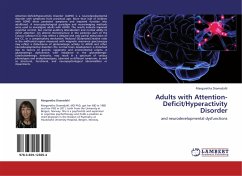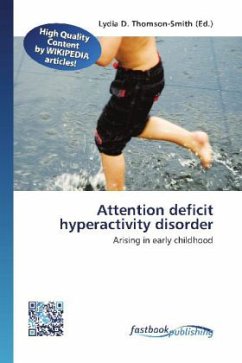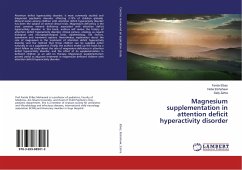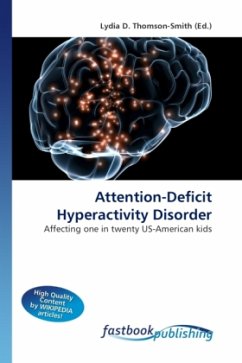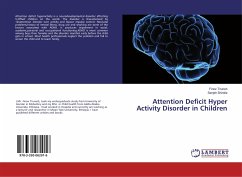The poem The Story of Fidgety Philip , written by Heinrich Hoffmann in 1846, depicts a child that fails to pay and maintain attention, behaves impulsively and has evident problems of hyperactivity. Nowadays, fidgety Philip would probably receive the diagnosis of Attention Deficit Hyperactivity Disorder (ADHD). ADHD is among the most common childhood disorders, affecting around 8 to 12% of the worldwide population. Children suffering this disorder are often seen as disobedient, impolite, annoying and poorly educated. However, since the early 1900s, scientific findings and clinical observations have highlighted the importance of neurobiological factors in ADHD pathophysiology. The aim of the present work is to provide the reader with an overview of the neuropsychophisiological bases that underlie this disorder. In addition, two magnetic resonance imaging studies are presented and discussed in order to better illustrate the two most commonly used approaches in the study of ADHD neuroanatomy.
Bitte wählen Sie Ihr Anliegen aus.
Rechnungen
Retourenschein anfordern
Bestellstatus
Storno



